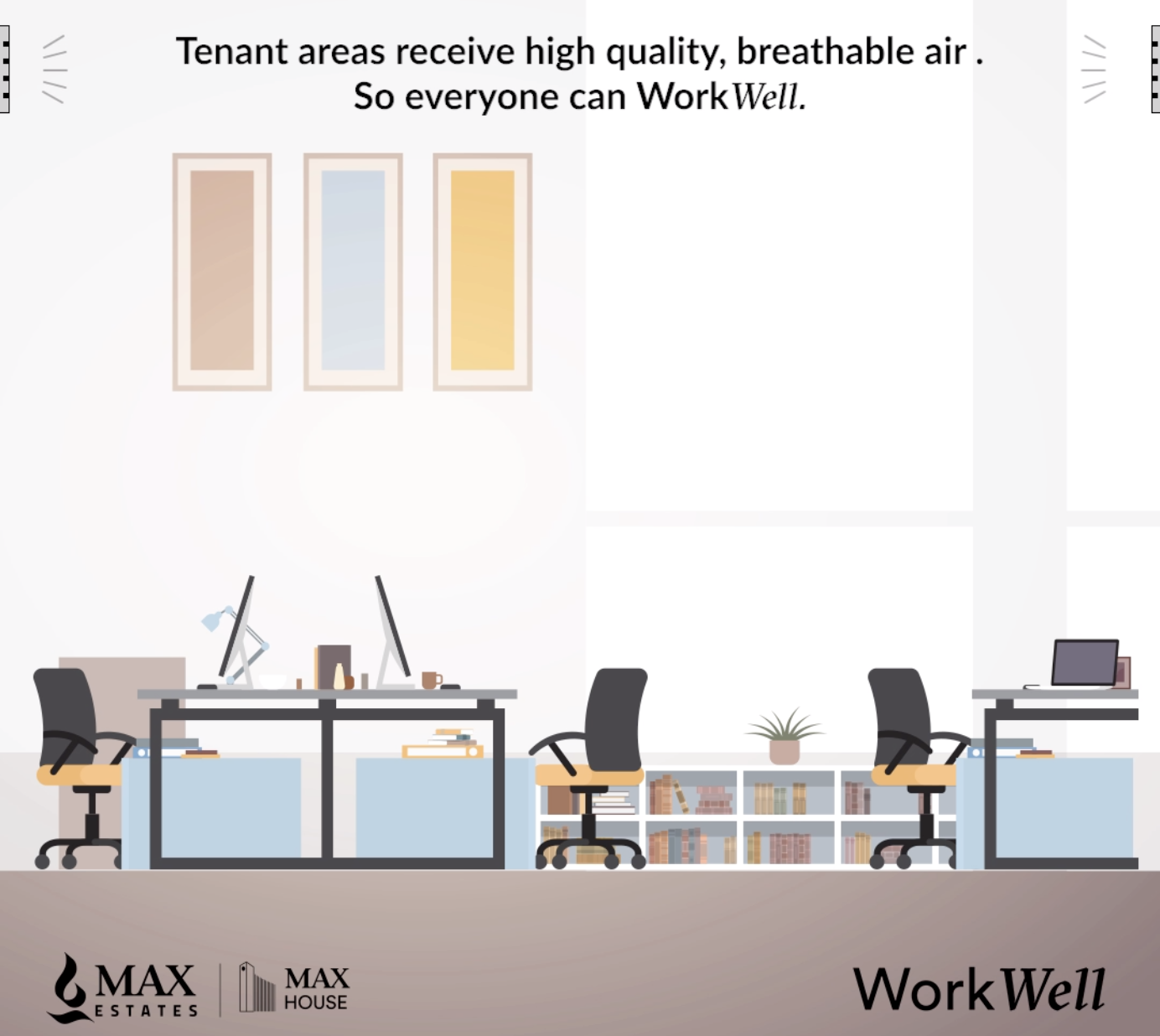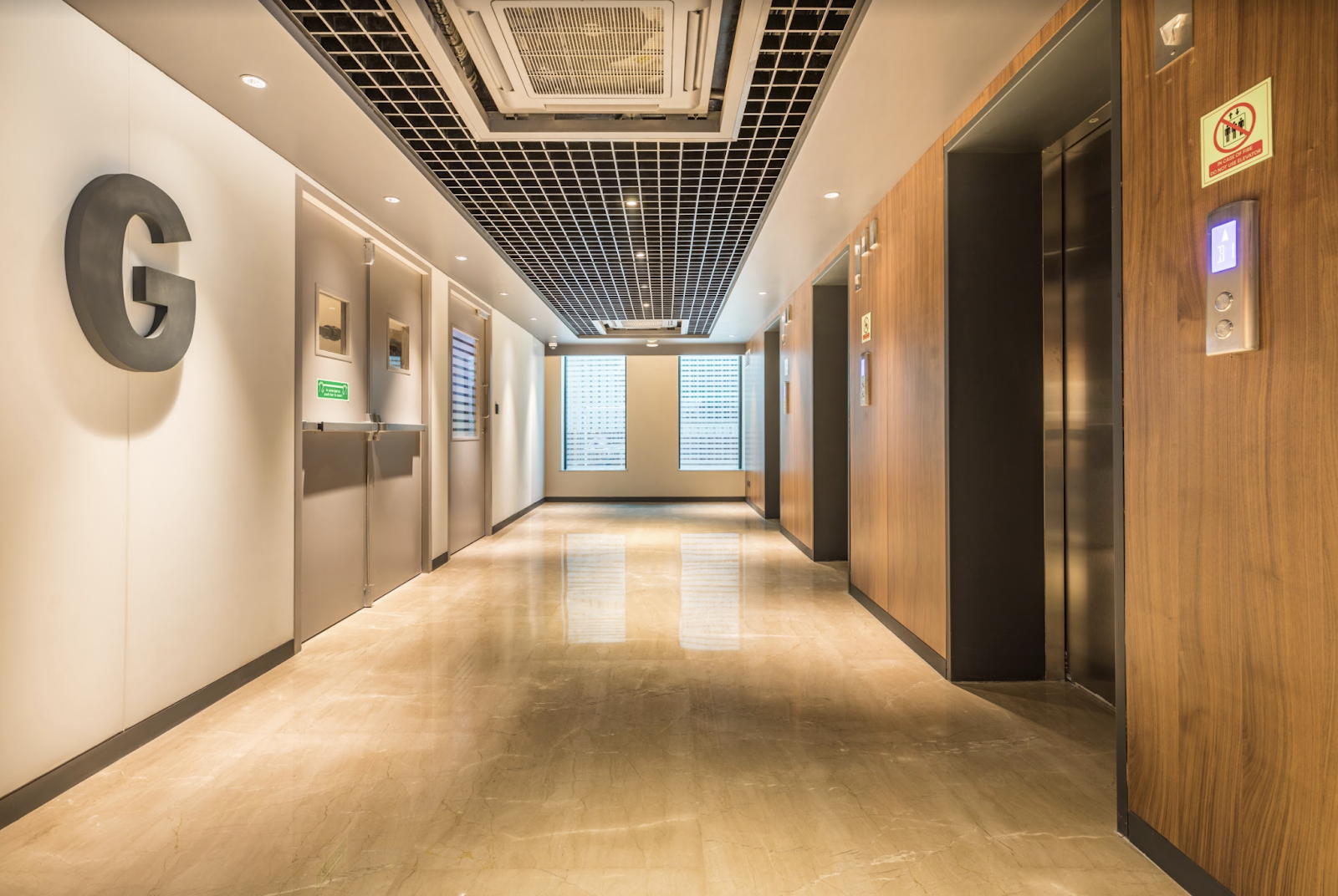Right Size
The World Health Organization (WHO) in 2018 reported that around 7 million people die annually as a result of air pollution exposure, confirming that air pollution is now the world’s largest single environmental health risk.
India is home to 15 of the 20 most polluted cities in the world, the majority of them being metropolitan cities having offices of some of the largest multinationals and corporates. The air quality across these cities has worsened over the years, reaching dangerous levels in the last few years. There is a rising prevalence of asthma, chronic bronchitis, allergies, chronic obstructive pulmonary disease (COPD), and lung cancer in the past few decades in India.
As per a survey by ICMR, India has 20-28 million asthmatics and 15 million COPD patients, which is predominantly attributed to urbanization, air pollution, and tobacco smoke. Millions of Indians have died, making it incumbent upon the authorities to deal with the pollution issues with immediate effect.
Another lilting issue in the corporate scenes in 2020 is the impact indoor air pollution is having on their workforce. Indoor air pollution, an equally relevant issue, wasn’t given much prominence a few decades back. But it is apparent that the air inside our houses and offices has been continuously deteriorating due to urbanization, industrialization, population increase, and many other factors.
How modern workspaces are focusing on air quality
It is a common conception that air pollution is an outside phenomenon. Little do people realize that the air outside and inside is the same. In addition to the polluted air, the indoor environment adds to the abysmal air quality due to several reasons:
- Most of the modern structures are enclosed spaces comprising of concrete and glass. Many of the structures have design issues that might lead to poor ventilation.
- The buildings have to depend on artificial modes like air conditioning, which increases pollution levels if not correctly maintained.
- An overcrowded office space might lead to higher CO2 levels, with no possible immediate exchange of gases except through windows and vents. That is why at Max Estates buildings, we have Clarico CO2 sensors across the building to keep a tab on the optimum levels from falling.
- Most of the cities in India lack a development plan or map, leading to congestion of office spaces, proximity to polluting industries, and the ensuing traffic jam routine adding to the pollution levels in that particular area during peak hours.
“There’s no denying the criticality of the issue, but the solutions we seek can’t be found in the West because such a problem doesn’t exist there. Indoor air pollution of this magnitude is a uniquely Indian problem and so, the solutions too have to be worked out by us.”
~Sanjeev Sethi, Senior Director- Employee workplace solutions
Working professionals are prone to greater health risks since they are required to spend hours confined in an indoor environment. The idea that the interior atmosphere is cleaner and healthier than the outside is a myth, as we already discussed above. IAQ (Indoor Air Quality) is a matter of concern for organizations across India, especially around Delhi/NCR where the offices are concentrated majorly. Continuous exposure to poor IAQ can pose breathing problems and serious respiratory diseases in the long run.
Employees may also experience what is called ‘sick building syndrome’, leading to headache, dizziness, and lethargy, causing a decline in their productivity levels, increased absenteeism, and healthcare costs. As such, organizations are taking initiatives to keep their workplaces healthy through steps like:
- Installation of mechanical air filters and electronic air cleaners (EAC) that help in removing toxic particles from the air.
- Prime Real estate companies such as Max Estates are thoughtfully and meticulously building structures that incorporate proper ventilation mechanisms, air purifiers, and dehumidifiers.
- Monitoring various IAQ parameters like O3, velocity, temperature, CO2, SO2, particulate matter, and taking corrective steps thereon.
- Systems like AHU or H-VACs are installed and maintained regularly to ensure optimum heating, cooling, and ventilation.
- Besides artificial regulators, companies include natural air purifiers such as succulents, snake plants, and other such green platns placing them at strategic locations. The role of indoor greens is emerging as another fine step being implemented at workplaces to ensure good IAQ. Plants not only absorb harmful gases such as ammonia, CO2, among others but also help in reducing overall stress levels of the employees.
What Max Estates is doing
Max Estates, with its state-of-the-art architecture at Max Towers and Max House, stands at the altar of innovation and avant-garde designs that:
- Deliver air quality on par with global standards through a multi-tier air treatment technology.
- Have integrated the science of biophilia in the structural designs through strategically placed plants and green landscapes in the office vicinity itself.
- With higher ceilings and the provision of ample natural light, ensure sustainable energy use. This indirectly ensures lower pollution levels.
- With carefully chosen building materials, achieve a LEED Gold rating in sustainability standards for Max House, and LEED platinum for Max Towers.
A core aspect of Max Estates’ WorkWell philosophy, let us have an in-depth look at the air filter systems at Max House:
Max House is designed to address the future of work while considering human capital to be an occupier’s most important resource. Max House blends thoughtful design and superior hospitality in order to nurture a more productive, healthier, and happier community.

Max House delivers air quality on par with global standards
Tenant area AHUs:
Max House is equipped with:
- Flaktwood make, Eurovent certified AHU ( Air Handling Unit).
- The latest technology Plug fans with EC motors. No extra VFD required.
- Combined Filters of MERV 8 & MERV 13 (Thermadyne make)
They are the most energy-efficient technology when compared to conventional AHU with the forward curve or backward curve fans. (Enclosed KWH saving per year)
Common areas at Max House
The equipment have the following additional features to suit IGBC Health & Well Being parameters over and above the tenant area AHUs:
- Additional ESP filter for maintaining the PM 2.5, PM 10, and other levels
- Carbon filter for trapping any odor in the reception area.
Lift Lobbies

- All Lift lobbies are equipped with Space filtration system of DYSON make (the best in the industry)
- Air monitoring system displaying PM2.5 & other parameters shall be equipped in main lift lobbies.
Besides the above, The TFA units (Treated Fresh Air units) have four layers of Air Filtration (MERV) Minimum Efficiency Reporting Value) 8, MERV 13, ESP filters and chemical filters to manage to the extent meeting IGBC WELL parameters for VOC, NO2, SO2, and other harmful gases as well.
As an immediate corporate responsibility and also as a step towards the holistic well-being of their employees, the organizations need to address the global health emergency of decreasing air quality. Human resources, being a critical functional aspect of any organization, demands optimum working conditions. Max Estates, with its commitment to innovative and holistic workspaces, takes it upon itself to provide a healthy and pollution-free atmosphere to the workforce. The future is all about sustainability and adaptability. The greener we go, the better world we make for ourselves and for the generations to come.
 0 comments
0 comments


